ANTOINE DONZEAUD
Art history often makes progress by looking back. This reversal must be understood in it’s most literal sense. When we think of Marcel Duchamp’s famous urinal, we often forget his finishing touch : a quarter turn rotation.
He was surely being irreverent, but this founding movement of contemporary art also suggested that there was a way to oppose the established order other than simple criticism. Rather than just protest or ruffle feathers, he preferred (in the words of Hal Foster) ‘mimetic exacerbation’ to a head-on collision. Antoine Donzeaud’s work continues in this vein and has expanded across his various formats: deconstructed frames, screen printing on top of advertisements, industrial windows or even videos. Reversal, both the term and the act, is a kind of birth certificate to this practice. “During my last year at Villa Arson in Nice, the art school where I got my degree, about twenty of my canvases were vandalized” the artist revealed. “I was already making videos and prints so my paintings were more or less figurative, copied from photos or based on a series of gestures. First, I tried to remove the canvases and patch them. But after some time, the experience made me want to move away from painting completely so I could focus on the whole. The frame and the canvas together as sculptural elements.” What followed was an initial series called Untitled PE exhibited at his solo show The Moon is a harsh mistress in the project space of the Valentin gallery (Paris 2014). In this show, the artist turned the canvas and frame around completely and covered them both with a transparent sheet.
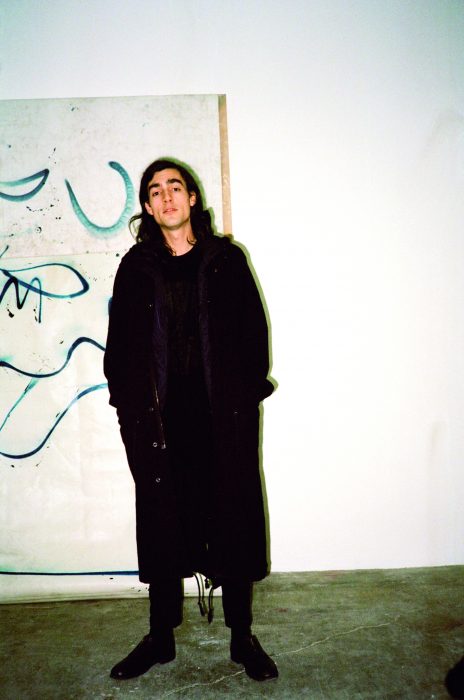
Although he turned the canvas around and hid the image, Antoine Donzeaud doesn’t fall neatly into the category of artists dedicated to “the simple exposure of the pictorial” first described by the members of the Supports/Surfaces collective in the catalogue “La peintre en question” (Havre 1969). According to them, what reveals the painting as a sculptural object is the exposure of the materials. This prevents the viewer’s mind from wandering elsewhere – musing about the personality of the artist, his background or art history. With Antoine Donzeaud, the narration comes out of the abstract. This narration has nothing to do with a formal affiliation with art history. It takes its roots in the current life of the artist. There are no grand tales or clear reference points. There is simply the infiltration of the every day or rather the hopeless porousness between art and life accepted and welcomed as they are. Born in 1985, Antoine Donzeaud incorporates the de-ranking of source material into the creation of his work. In his second exhibit in the Valentin gallery in 2016 called De 10h a 4h du matin, he mixed together images taken from the street, videos appropriated from the internet, pop culture and the transformative power of the white cube. Borrowing the title of the hit song Je vis, je visse, from the rap group PNL, the artist callously likens drug dealing, the subject of the song, to the work of the artist.
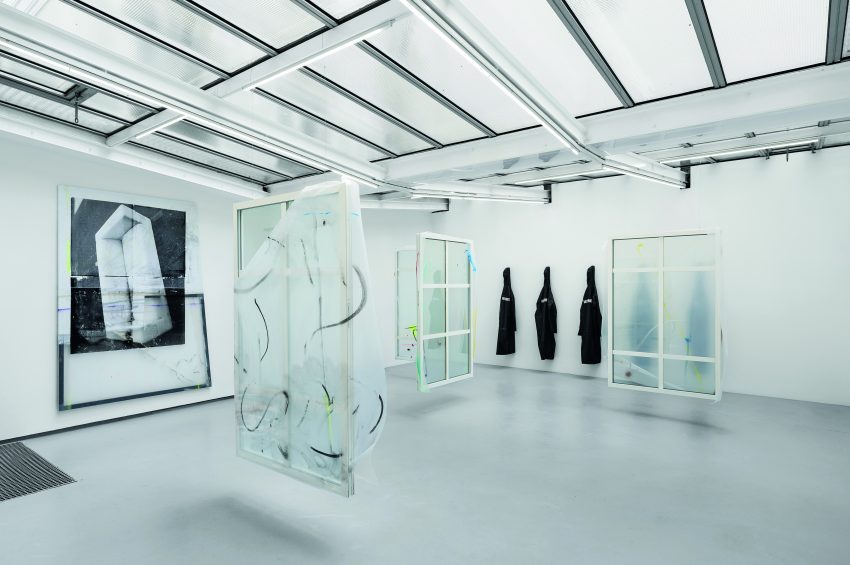
De 10h à 4h du matin
2016. vue de l’exposition, Valentin, Paris.
© Photo : Grégory Copitet
Both activities are carried out during fixed hours, success depends on street smarts, an eye for finding loopholes in a neocapitalist system and an ability to escape the daily routine. In Ordinary Objects for Common Use (Corner Couch) he left the ready-made behind and changed perspective. Useless refuse, like sofas abandoned in the street became objects worthy of attention as soon as they were screen printed on posters. He even created a website selling raincoats called “Vêtememes”, a knock off of the trendy brand Vêtements. It brought back the idea of the unconscious dress code suitable for punks and office drones alike. There’s no postural critique in these ready-mades. The artist’s touch remains crucial for Donzeaud who counts among his influences the great German painters Sigmar Polke and Georg Baselitz (another master of reversal), American expressionists like Robert Rauschenberg, minimalists like Carl Andre or appropriators like Elaine Sturtevant. There is a certain empathy associated with the artist in the age of YouTube and Internet memes; an openness or warmth that allows them a fluidity in their practice and methods. They are more likely to be content aggregators or archivists than inventors of form as such. However this quality, intrinsic to making art, is also useful in a range of his other activities.“When I came back to Paris after finishing school, I started to show work in my studio in Belleville working alongside a curator, Elisa Rigoulet. With the project space EXO EXO, I first had the idea to curate an installation myself, but little by little, I started to focus on the programming at the space as well.” Showing work by younger less well-known artists in Paris like Pakui Hardware, Adam Cruces or Zoe Barcza, the space lends itself to other uses as well and is open to a diverse mixture of Antoine Donzeaud’s work. It reveals itself as a network of sinuous links; fluid and immersive as the internet.
TEXT: INGRID LUQUET-GAD
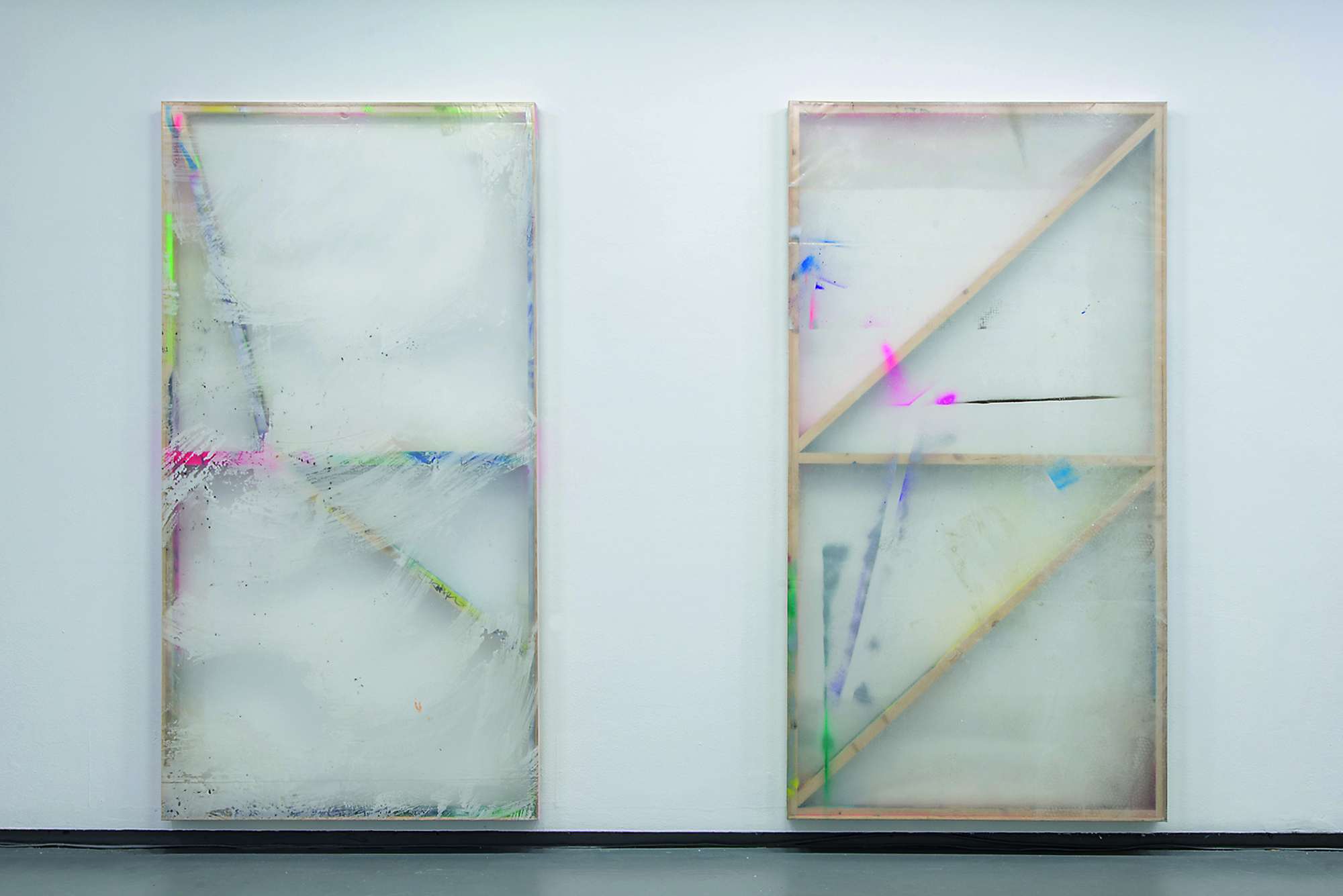
The Moon is a harsh mistress
2014. vue de l’exposition, Valentin, Paris

Credibility
2017. vue de l’installation, Villa Arson, Nice
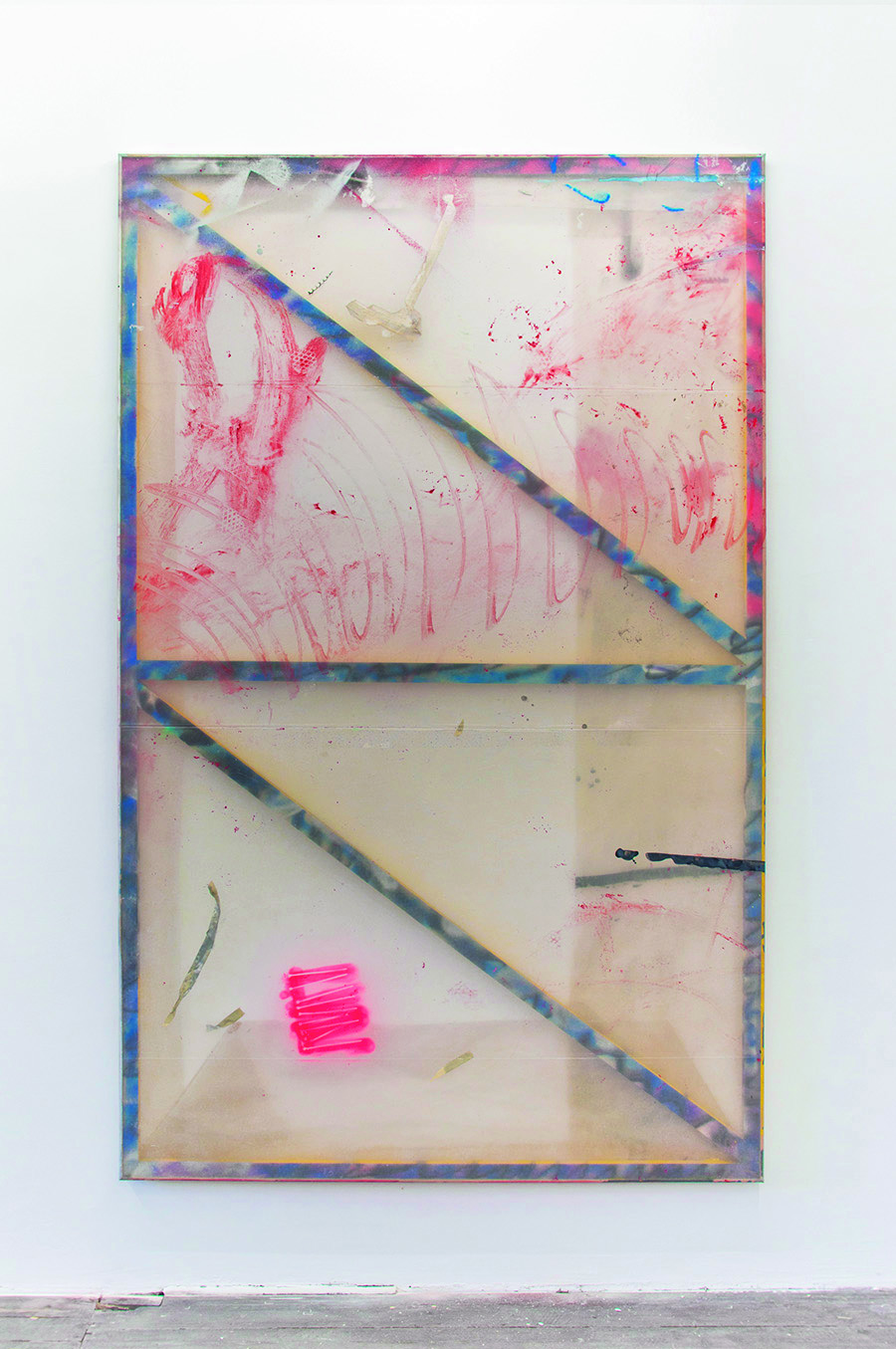
Untitled PE (Raising 2)
2015. Bois, polyéthylène, peinture aérosol, acrylique, huile
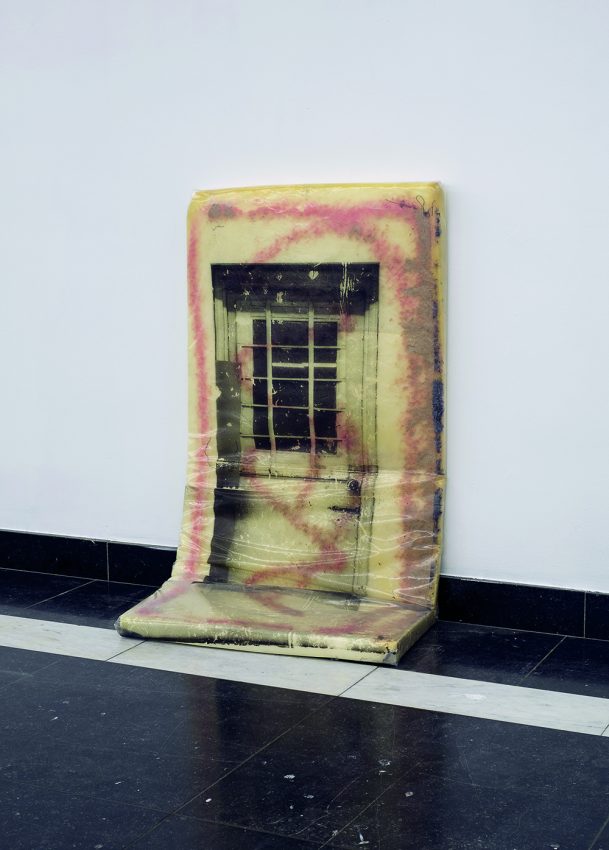
Ordinary objects for Common Use (door)
2015. Sérigraphie sur polyéthylène et mousse

Ordinary Objects for Common Use (Couchhh)
2016. Sérigraphie sur bâche, peintures aérosol sur polyéthylène , rivets, bois ©Photo : Grégory Copitet
STUDIO VISIT


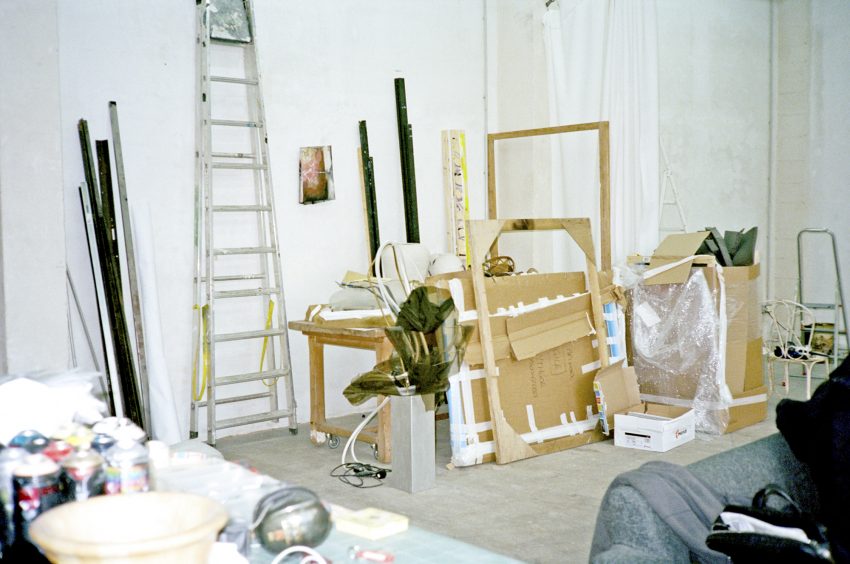



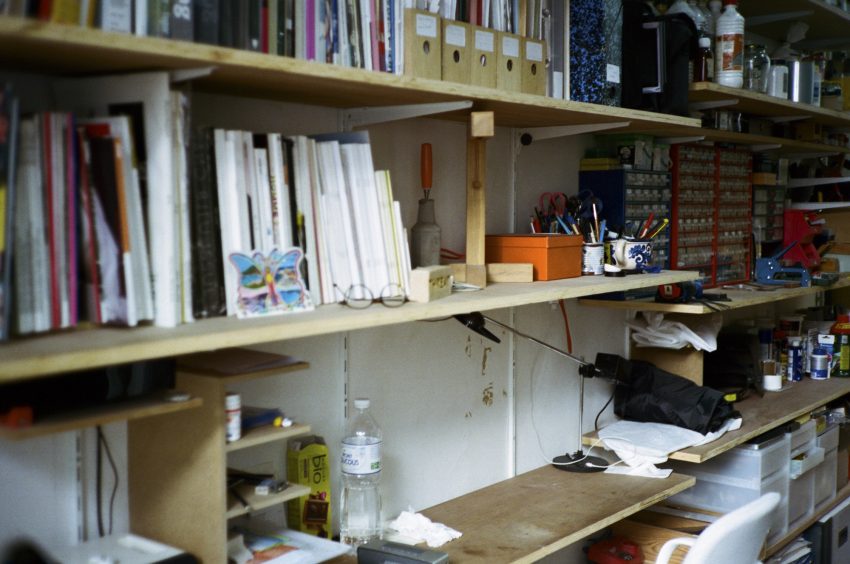
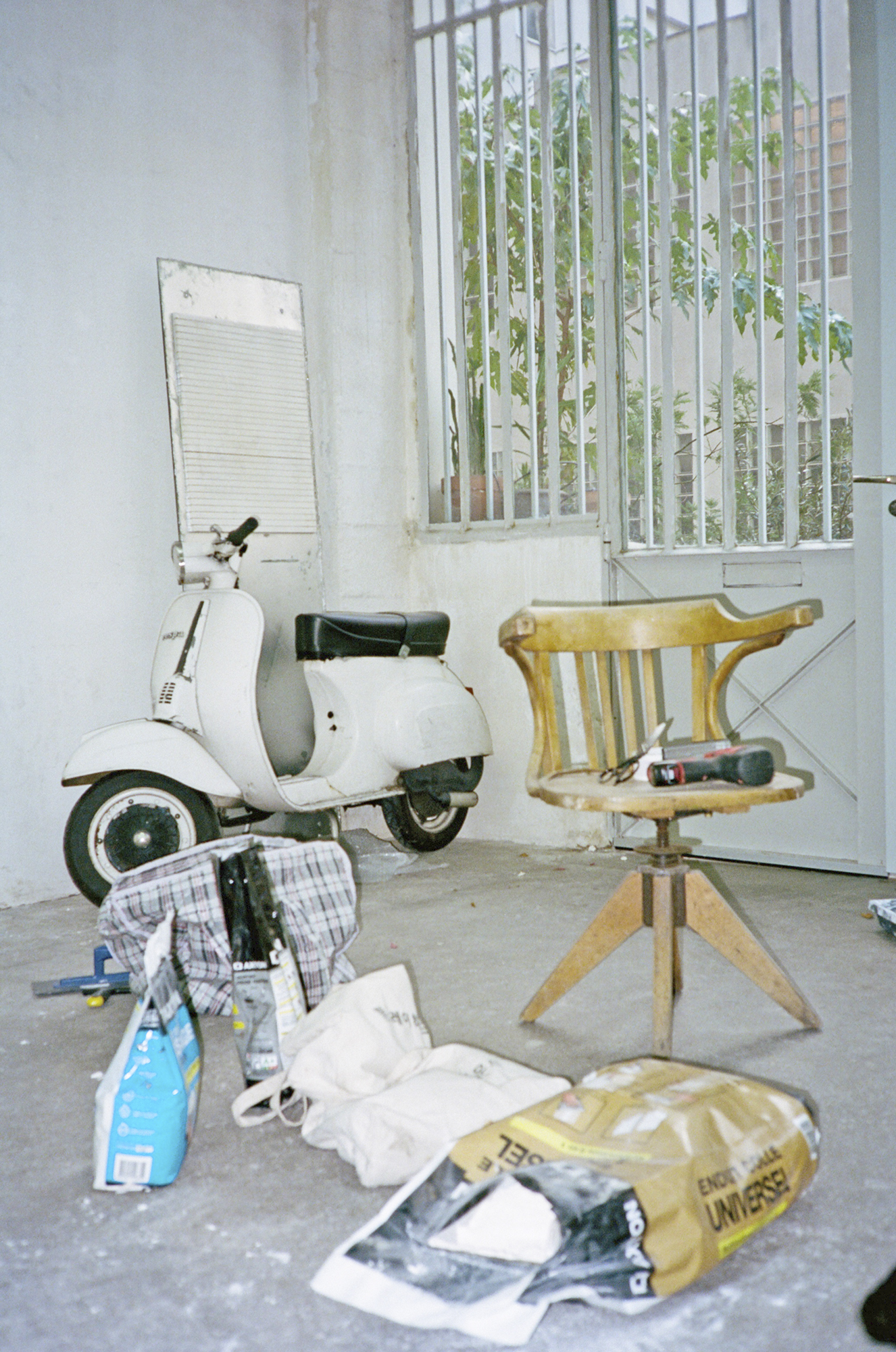

top

